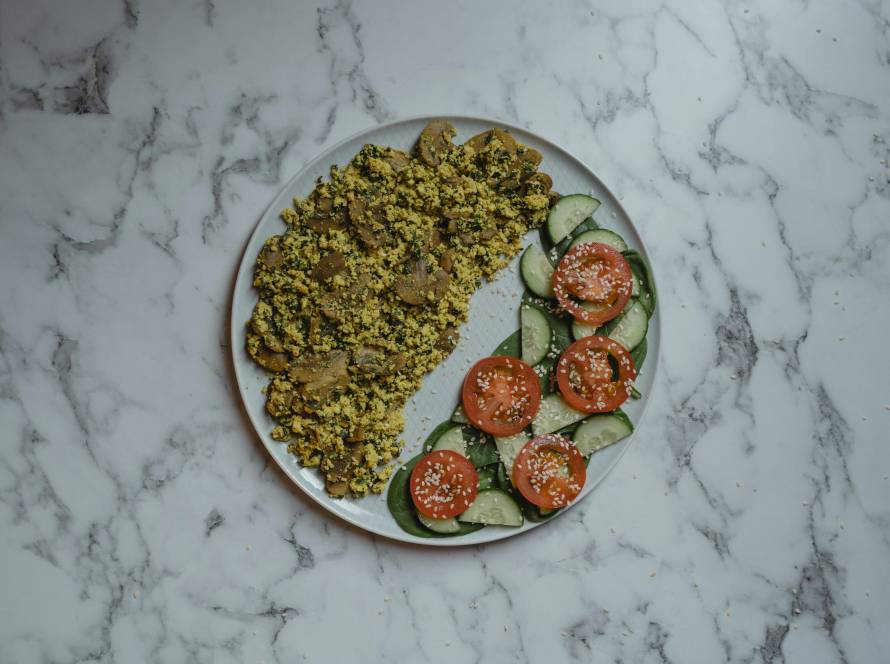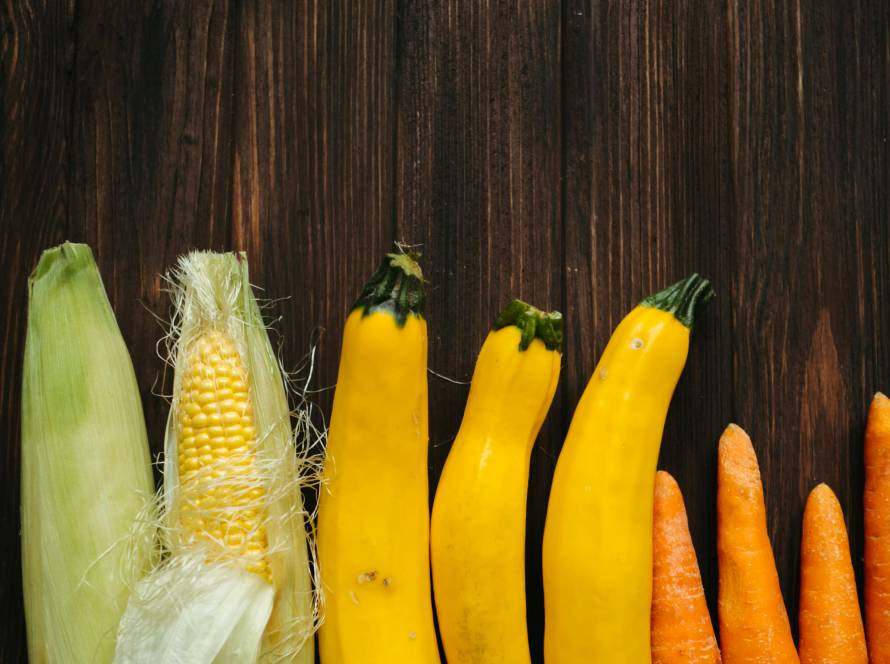Gluten-Free Baking: The Science Behind Delicious Wheat-Free Treats
Gluten-free baking has gained popularity in recent years — and for good reason. Whether you’re living with celiac disease, gluten intolerance, or simply choosing a gluten-free lifestyle, understanding the science behind gluten-free baking can elevate your recipes from crumbly to crowd-pleasing. In this guide, we’ll uncover what makes gluten-free baking work and how to master it at home.
Why Gluten-Free Baking Differs From Traditional Baking
In conventional baking, gluten is the magic ingredient. It gives dough elasticity, traps air for a good rise, and provides structure and chewiness. In gluten-free baking, all of these benefits have to be replicated by other means. That’s where food science steps in to help us create wheat-free versions of cookies, bread, and cakes that are just as delicious.
Understanding the Role of Structure Builders
Without gluten, your baked goods need structural support from alternative sources. Gluten proteins (gliadin and glutenin) form a stretchy network that holds everything together. In their absence, we use other ingredients to mimic those properties, including:
- Xanthan Gum and Guar Gum: These gums act as binding agents, adding elasticity and helping retain moisture.
- Eggs: Eggs provide structure and richness while also helping leavening.
- Chia or Flax Seeds: When ground and mixed with water, they form a gel-like consistency that helps bind ingredients together.
Essential Gluten-Free Flours and Starches
The wide world of gluten-free flours can be overwhelming, but each type brings its own strengths to a recipe. Successful gluten-free baking often involves a mix of multiple flours to achieve the desired flavor, texture, and structure.
Popular Gluten-Free Flours
- Almond Flour: Moist, slightly sweet, and rich in protein and fat.
- Rice Flour: A neutral-tasting staple; great for light, crisp textures.
- Sorghum Flour: Mild and slightly sweet, often used in bread recipes.
- Coconut Flour: Extremely absorbent and best used in small amounts.
Starches for Lightness and Lift
- Tapioca Starch: Ideal for adding chewiness and a golden crust.
- Potato Starch: Excellent for soft, airy textures.
- Cornstarch: Helps to tenderize and bind ingredients.
For a complete guide on alternative flours, visit our article on Essential Gluten-Free Ingredients.
Building Texture Without Gluten
Texture is arguably the trickiest part of gluten-free baking. No one wants a dense loaf of bread or crumbly cookies. This is where starches, gums, and moisture-balancing techniques become crucial.
Hydration Is Key
Gluten-free flours often absorb more liquid than wheat flour. To prevent dryness:
- Let batter or dough rest before baking — this allows flours to fully hydrate.
- Use a slightly higher liquid-to-dry ingredient ratio compared to traditional recipes.
Why Resting the Dough Matters
Resting time allows the molecules in gluten-free flours and gums to bind better and improves final texture. This process mimics the resting effect gluten has in traditional dough.
Leavening Agents in Gluten-Free Baking
Without gluten to trap gas bubbles and create lift, leavening agents like baking soda, baking powder, and yeast need help. Here’s how to make them more effective:
- Acidic Ingredients (like lemon juice or yogurt) react with baking soda for a better rise.
- Egg Whites can be whipped separately and folded in for airiness.
- Keep the Oven Hot — Quick rising is essential before texture sets.
Baking Pans and Techniques That Help
Sometimes, the type of pan or the way you handle your baked goods can improve results:
- Use smaller pans for quick, even baking.
- Line pans with parchment paper to prevent sticking and crumbling.
- Use muffin tins for portion control with breads and cakes.
Common Challenges in Gluten-Free Baking (And How to Fix Them)
Let’s troubleshoot some common issues you might encounter:
Problem: Dry or Gritty Texture
Solution: Use a mixture of flours; add extra eggs, yogurt, or applesauce for moisture.
Problem: Crumbly or Falling Apart
Solution: Increase binding agents like xanthan gum. Let batter rest before baking.
Problem: Dense and Gummy
Solution: Don’t over-mix. Check the freshness of your leaveners and balance your starches.
Benefits of Gluten-Free Baking at Home
When you bake your own gluten-free treats, you control every ingredient. That means better flavor, improved nutrition, and no hidden additives. It’s an empowering way to support your gluten-free lifestyle while enjoying the joys of baking.
Experimentation Leads to Perfection
Every oven, ingredient, and brand can affect your final product. Don’t be afraid to test and tweak. Over time, you’ll learn how to balance flavors and textures, just like a professional. And remember, even failed bakes are steps toward success.
Try These Delicious Recipes
- Easy Gluten-Free Banana Bread
- The Best Chocolate Chip Cookies (Gluten-Free)
- Celiac-Friendly Gluten-Free Pizza Crust
Resources for Gluten-Free Bakers
If you’re new to a gluten-free lifestyle, getting the proper information and support is key. Organizations like the Gluten Intolerance Group provide excellent educational materials and community resources.
Final Thoughts on the Science of Gluten-Free Baking
Gluten-free baking is a delicious mix of art and science. By understanding how alternative ingredients work together and how structure and moisture come into play, you’ll gain confidence in your kitchen creations. The more you bake, the more you’ll learn what combinations work best for your taste. So preheat your oven, experiment with new textures, and savor every wheat-free bite!



